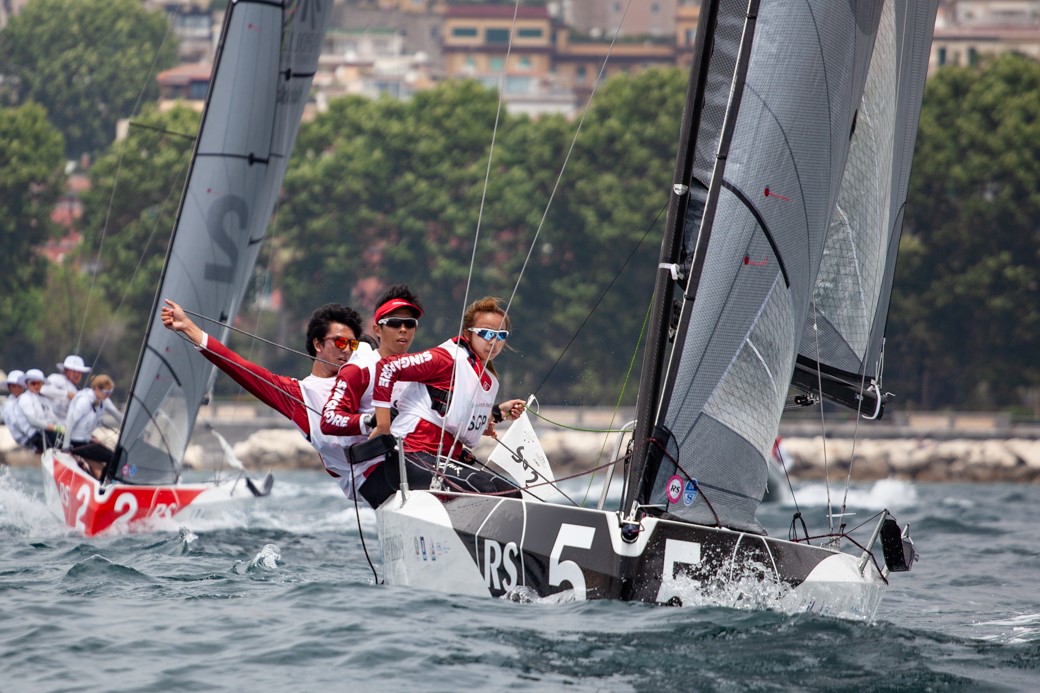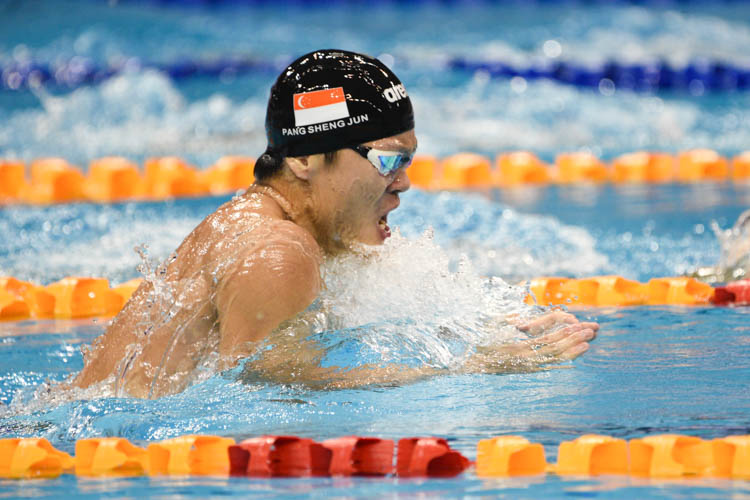You have to smile at the irony of it all.
There you are, stuck in traffic for an hour trying to move less than 1km on the roads around the Suntec City area in rush hour traffic. And all because of the fastest (legal) race in Singapore. While we are closing roads to allow Lewis Hamilton et al to race at 300km/h starting this Friday, regular Singaporeans have spent time stuck in massive jams this week trying to get to work.
And we basically are paying to do it to ourselves.
Hosting fees for grand prix races are a significant source of income for the rights holders of F1. Fees have risen 70% over the past five years. According to an independent monitor, Formula Money, Malaysia paid US$38 million, the highest fee of any race (maybe they thought it was in ringgit but then, like Pedra Branca, lost the document to prove their case). Valencia and Singapore, the two new hosts this year, paid an estimated combined £40 million (SGD 105 million).
Assuming Singapore paid half, that’s a staggering 52.5 million Singapore dollars for a three-day event. And that’s just the fees. The business lost due to road closures and customers avoiding the Marina Bay area like the plague haven’t been calculated. The net effect is assumed to be positive for the country, but that is cold comfort to the individual business owner or employee affected. But that’s life.
In contrast, the Italians paid a measly £2 million only in fees. But you can imagine why. Not having an Italian Grand Prix is like Nasi Lemak without the lemak, Laksa without the gravy, pork floss buns without floss.
The Americans decided to stop throwing money down into the F1 pit this year and have the organisers drive away with it. The U.S. Grand Prix isn’t on the calendar for 2008 after the Indianapolis Motor Speedway chief executive Tony George and Bernie Ecclestone, chief executive of the F1 Group, couldn’t agree on a new deal (“You want me to pay you how much, Bernie?! Do I look stupid to you? Try the Singaporeans.”).
Next year, India Abu Dhabi and South Korea will be the next three suckers…er, hosts, to join the F1 calendar. Having decided that the Asians and the Arabs were easier to convince to part with astronomical amounts of money, the F1 Group now runs one-third of all races in Asia. Asia didn’t host its first race until 1976, 26 years after the F1 was founded.
Ticket prices at the top end are not for the average Singaporean on this island where the median household family income is $4,870. An Esplanade Premier Grandstand ticket costs $2,588 while at the other end of the spectrum, a three-day walkabout pass costs $168. The cheapest possible way of watching the race is to pay for a single day pass of $38. An estimated 40% of the ticket holders are foreigners.
You could of course watch the race for free from one of the office towers overlooking the circuit but from that height, that would be like watching ants on steroids. Fast, but still ants. In the end, paid or no, you will end up watching most of the race on tv. Given the nature of the race, they’ll go by so quick you won’t have time to blink.
So if you are one of the 300 privileged guests at the hospitality suites costing $7,000 per head courtesy of Singapore bank OCBC, enjoy the race. Remember to wave at the masses with their noses pressed up against the metal barricades on the way in.
It’s grand to have the grand prix, isn’t it?
REDpoll
Related stories:
Scalpers find few takers for Singapore Grand Prix tickets at eBay with two days to go
5 reasons why F1 is like the US financial crisis











[…] track” Watching F1 live is…boring 5 reasons why the F1 is like the US financial crisis Singapore Grand Prix: Paying to jam ourselves Scalpers find few takers for Singapore Grand Prix tickets at eBay with two days to […]
[…] fail to make mark in first practice session 5 reasons why the F1 is like the US financial crisis Singapore Grand Prix: Paying to jam ourselves Scalpers find few takers for Singapore Grand Prix tickets at eBay with two days to […]
Hi David,
Look out for a story entitled “Is F1 a sport?” It sure isn’t your average sport for sure.
All the best in your exams, Keith.
Some volunteers and I will be bringing you some reports and pics on the F1 over the next few days.
The truth is sometimes hilarious isn’t it? I applaud your wonderful cynicism and share your pain though i don’t work in that area. I’m glad I’m in the comforts of my home this week trying to study.
Like, totally agree, dude. Matter of fact, I didn’t even realize F1 could be considered a sport until I saw it on ESPN back when I was a young, naive kid. I’m just glad I’m not one of the taxpayers coughing up for this ridiculously costly and irrelevant shebang.